Tsim Sha Tsui – Salisbury Garden ca. 1958
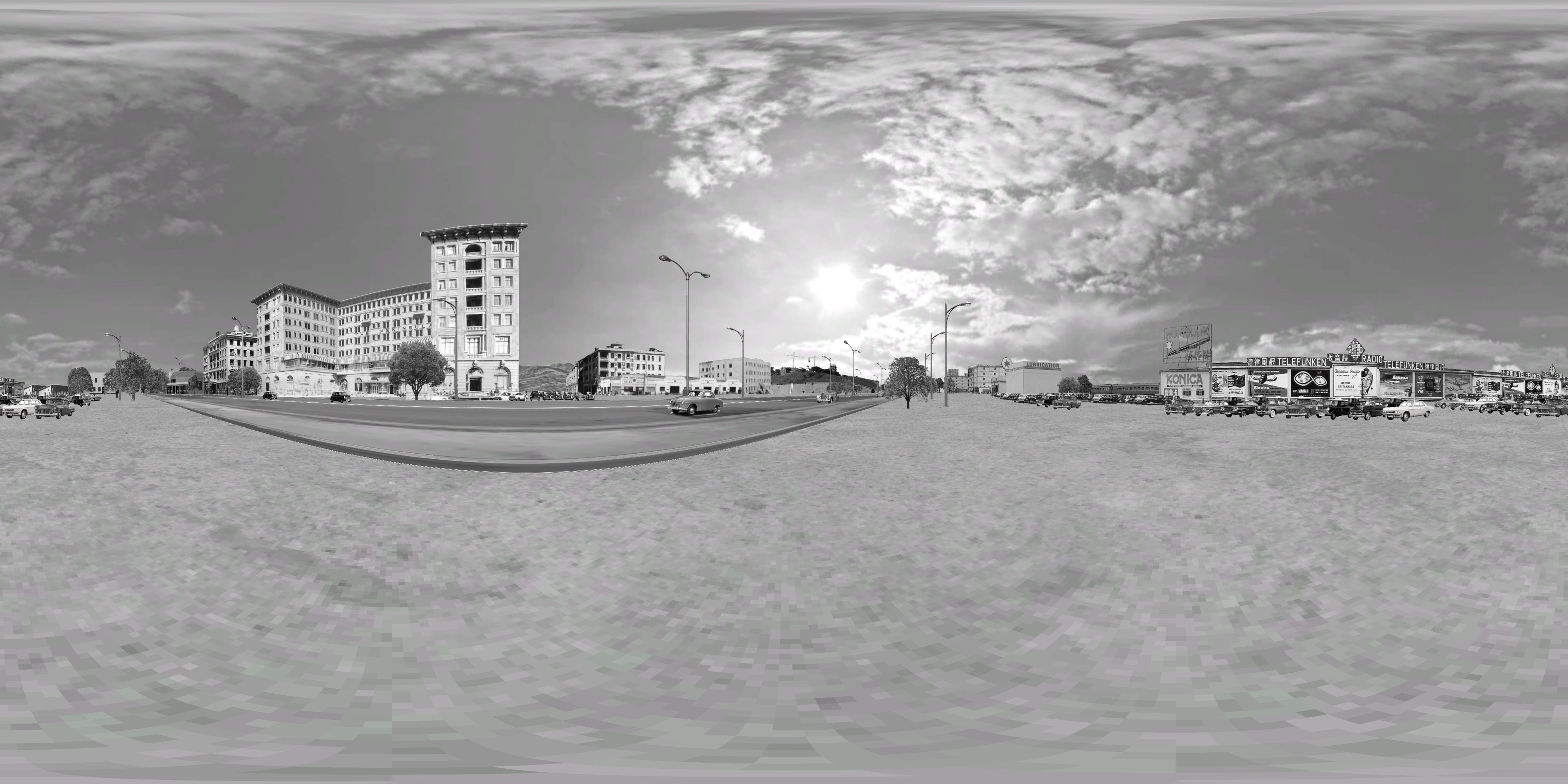
360-degree panoramic artwork developed from historical photos
Historical Hotspots:
The Peninsula Hong Kong
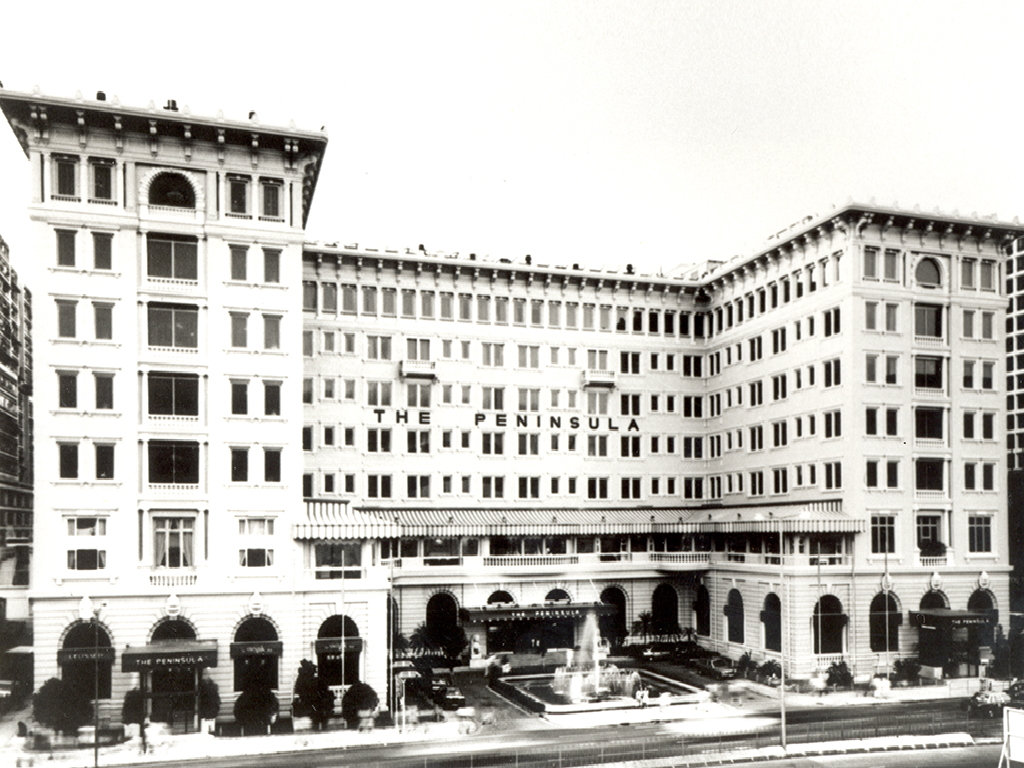
The Peninsula Hong Kong is one of the oldest hotels in Hong Kong’s history. It was completed in a Baroque Neoclassical style in 1928. The hotel was world-famous and was known as the most luxurious and magnificent hotel from east of the Suez Canal, carrying a beautiful name as “Grande Dame of the Far East” for its reputation. The Lobby has long been complimented as one of the most beautiful gathering places in Hong Kong, attracting people to enjoy the Peninsula Classic Afternoon Tea.
The luxury of the Peninsula lies not only in its architecture but also in its services. The hotel bought a batch of seven Rolls-Royce Silver Shadow in 1970, and each of them was worth HK$155,000. The transaction broke the records of Rolls-Royce’s single orders at that time, which was widely reported all over the world. The cars were coloured dark green, which was the iconic “Peninsula Brewster Green”. Nowadays, the hotel still has a luxurious Rolls-Royce fleet.
Photo courtesy of Special Collections, The University of Hong Kong Libraries
Nathan Road
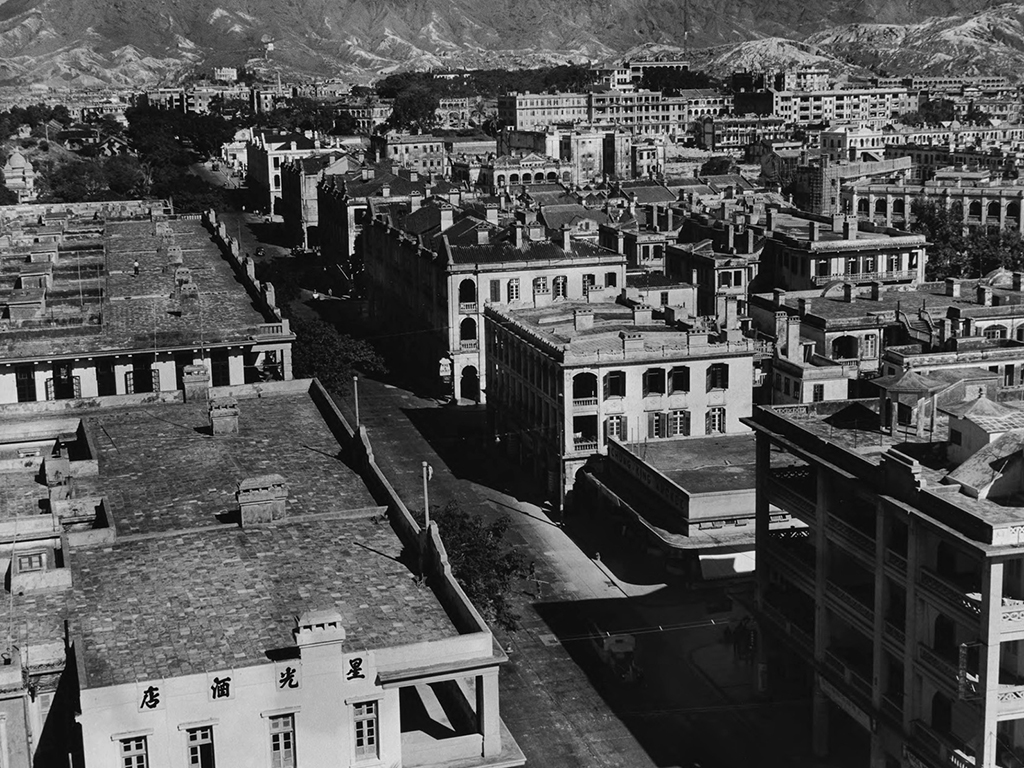
Nathan Road serves as a strategic route in the Kowloon Peninsula, from Salisbury Road in Tsim Sha Tsui and through Yau Ma Tei, Mong Kok to Sham Shui Po. It was built in 1860, but at that time, it was called “Robinson Road” named after Governor Sir Robinson, who signed the “Convention of Peking” with the Qing government. Robinson Road was initially narrow and desolate. It was not until 1904 that the Governor, Sir Matthew Nathan, decided to expand the street and planted trees on both sides to improve the landscaping. The project was completed in 1909. In the same year, the authority realised that many streets shared the same name on Hong Kong Island and Kowloon. To avoid confusion, those were renamed and Robinson Road was then changed to Nathan Road.
There are currently six lanes on Nathan Road, with retail stores along the way. When the expansion project initiated by Sir Nathan, it was teased as “Nathan’s Fool” because of the sparse population in that area. Kowloon is well-developed today, and Nathan Road has become a strategic route in Kowloon. Some old trees planted close to Kowloon Park more than 100 years ago remain standing to this day.
Photo courtesy of Harvard-Yenching Library, Harvard University
Signal Hill
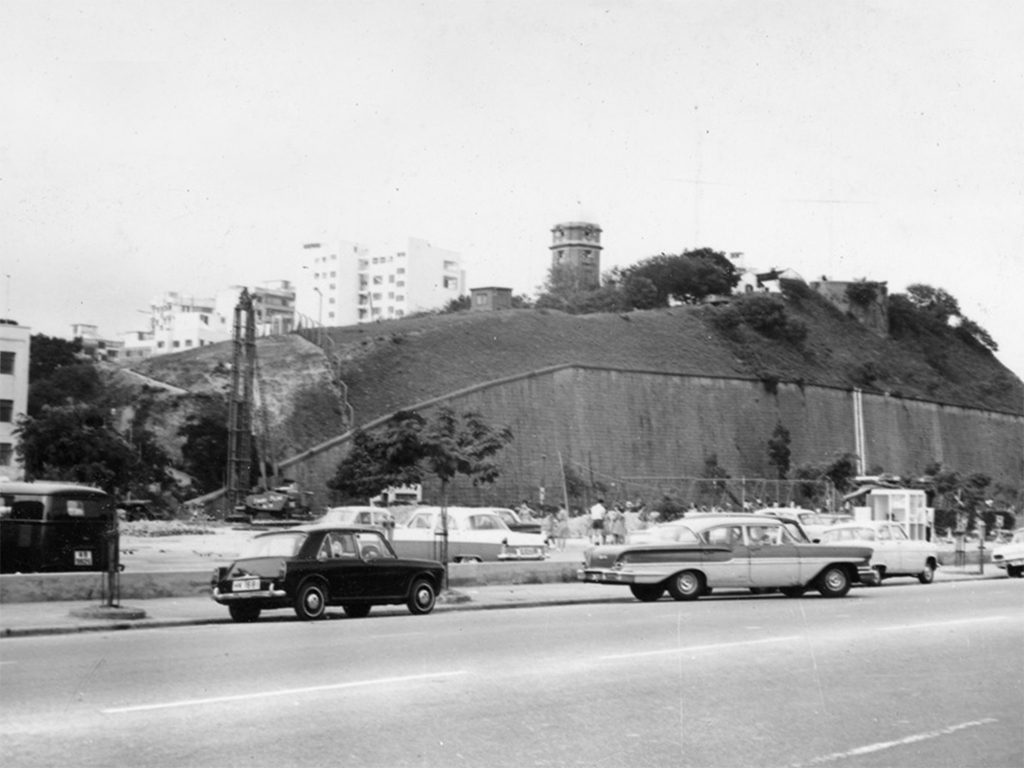
The small hill used to be called “Blackhead Point” in the early years due to a company called Blackhead and Co. residing downhill. In 1907, the time ball tower which used to be located in front of the Marine Police Headquarters in Tsim Sha Tsui was moved to that location, and it started to provide time service for ships and the public since 1908. The time ball was a hollow copper ball with a diameter of six feet. It was raised by hand-winch to the top of the mast before 1 p.m. and it automatically dropped to the bottom of the mast at 1 p.m. From 1920 to 1933, the time ball scheduling was changed to twice a day at 10 a.m. and 4 p.m. The Signal Tower used flags or lights to send signals to the mariners, so people started calling the location Signal Hill.
Another name for Blackhead Point was “Tai Pau Mai (Big Rice Bag)”– this was because the hill was too small to be called a mountain. Instead, it looked like a bag of rice lying on the ground. The place was once a strategic high point for the British army with the Kowloon East Fort originally built here, and it guarded the Victoria Harbour together with the Kowloon West Fort near the former Marine Police Headquarters. The Signal Tower was requisitioned as a temporary ammunition dump during World War II, then it was abandoned for years. In 1958, the British army returned Blackhead Point to the government.
Photo courtesy of Special Collections, The University of Hong Kong Libraries
Holts Wharf
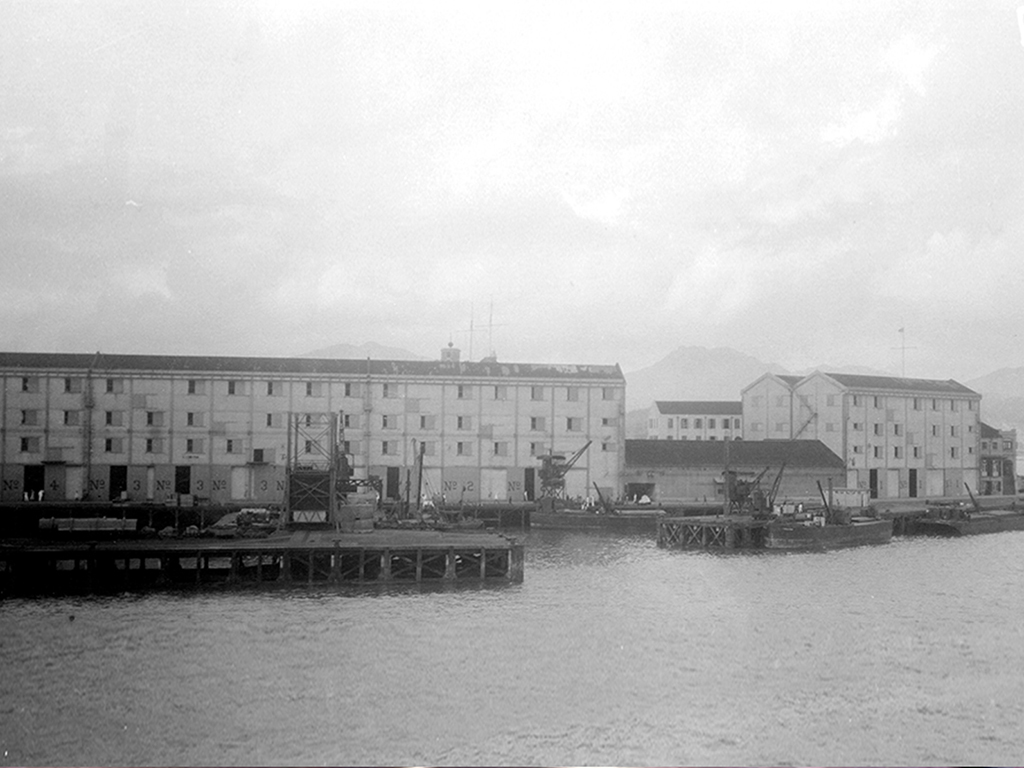
Holts Wharf was once one of Hong Kong’s largest warehouses and wharves. Butterfield & Swire acted as the agent for the Blue Funnel Line, which acquired the land in 1905, with construction beginning in 1906. Four years later, the wharf started operations through warehouses and cargo yards. With its proximity to the Kowloon-Canton Railway, the site became the intersection of railway and ocean freight, constituting one of Hong Kong’s shipping and logistics hubs connecting to the rest of the world. In 1971, New World Development purchased the land and converted it into a hotel and shopping centre.
Holts Wharf was named after its founder Alfred Holt. It was commonly known as “Blue Funnel” since all its ships have blue funnels and was highly visible from a distance. Thus, the place was called “Blue Funnel Warehouse”.
Photograph by G. Warren Swire. Photo courtesy of John Swire & Sons Ltd and Historical Photographs of China, University of Bristol.
YMCA of Hong Kong
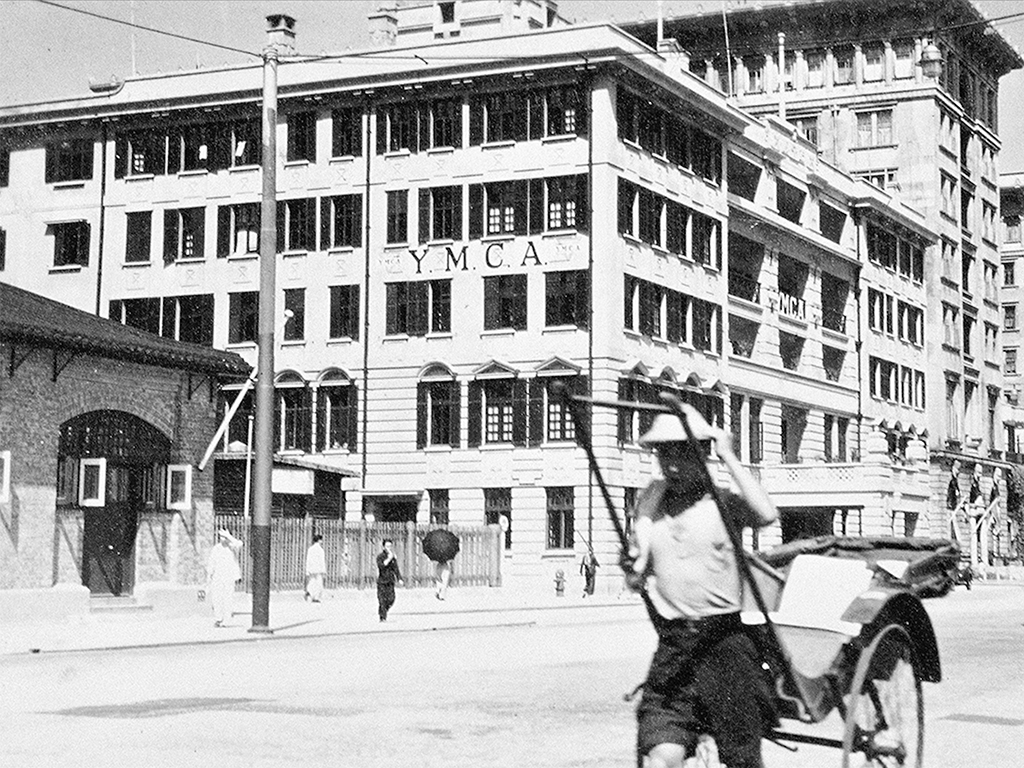
The YMCA of Hong Kong is one of the essential registered charities in the city. In 1922, the YMCA designated a site at Salisbury Road in Tsim Sha Tsui to set up its venue, and the building was built two years later. In 1931, there was an expansion on the west wing of the building to add accommodations, a swimming pool and an assembly hall. The YMCA developed rapidly in the 1950s and the building was reconstructed into a 16-storey complex in 1989. Three years later, kindergartens and professional training colleges were added to provide more services to the public.
Many charitable organisations in Hong Kong make selfless contributions to the people. The YMCA was founded in the United Kingdom in 1844 with the goal of “improving the spiritual condition of young men employed in the drapery and other trades”. To carry forward this spirit of service, the YMCA came to Hong Kong in 1901. During its early days, it offered English courses, Bible studies, gymnastics, public lectures, and gospel meetings, then expanded its services to the communit and established kindergartens, primary and secondary schools.
Photo courtesy of YMCA of Hong Kong
Animation:
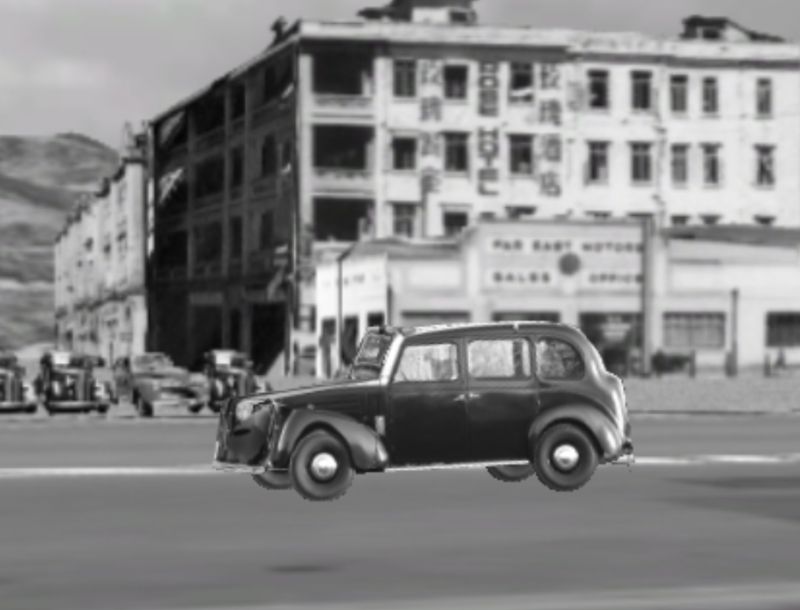
Taxi service was only available on Hong Kong Island at the beginning but then covered Kowloon and New Territories in 1926. During 1950s, taxi stations had been established at Tsim Sha Tsui Ferry Pier, along with railway and bus terminals, serving to expand Kowloon’s transport hub.